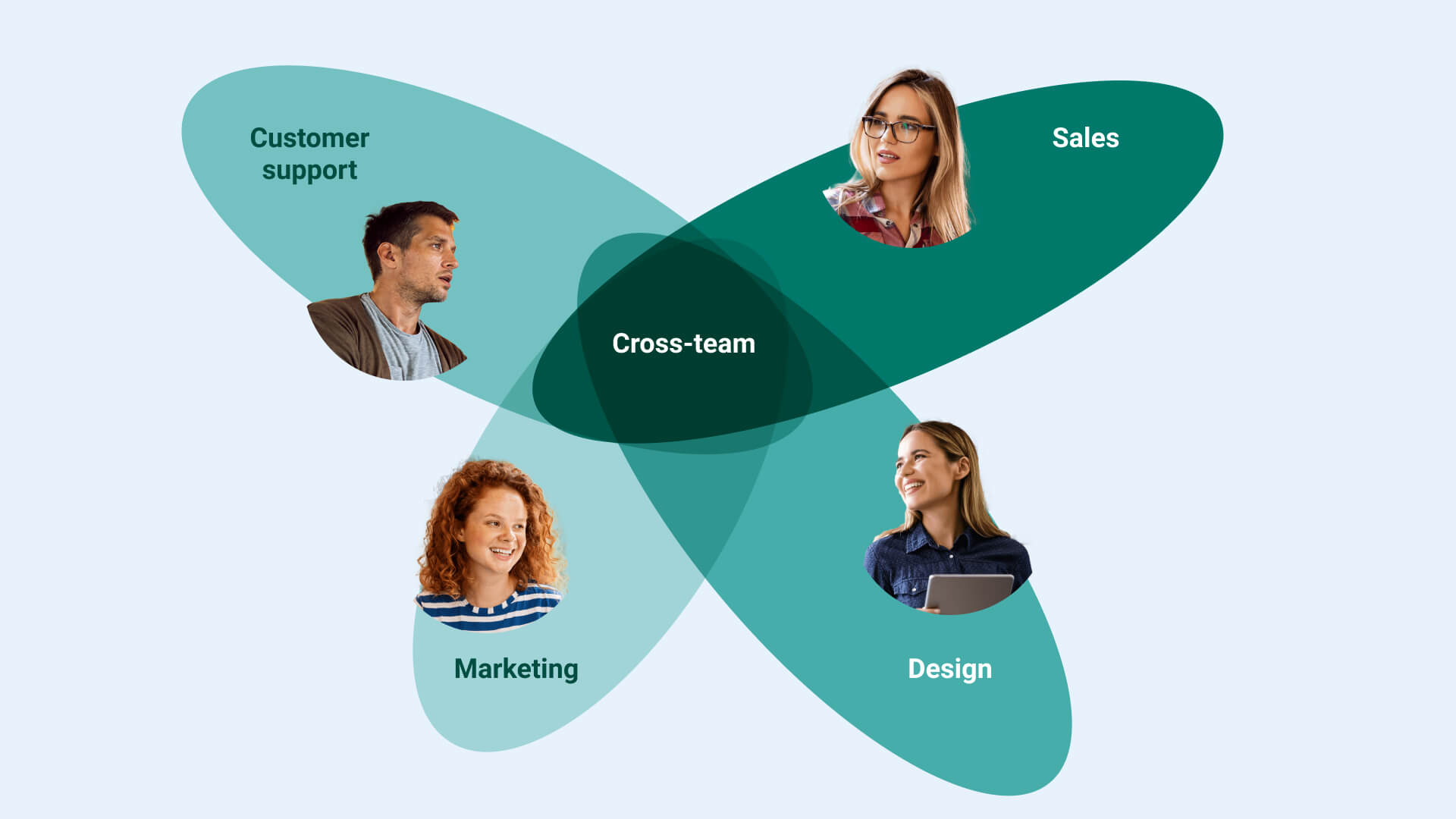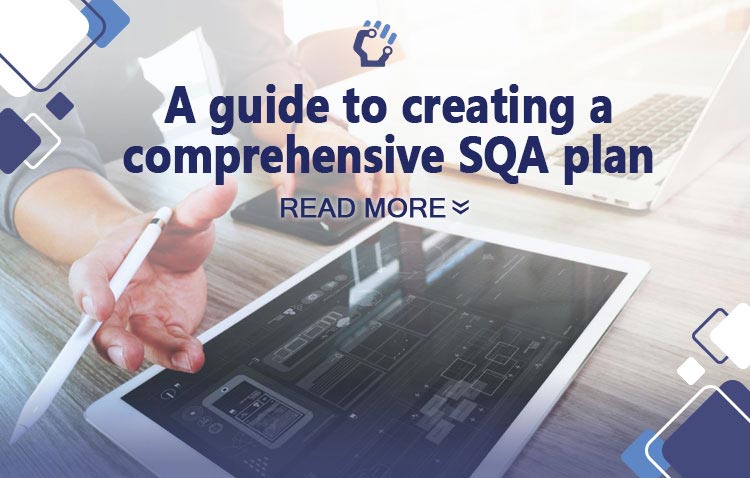Product development is a dynamic process that involves transforming abstract ideas into tangible, market-ready products. Among the various strategies available, prototyping plays a pivotal role in this journey. In this article, we’ll explore the importance of prototyping, its benefits, and best practices.
1. Purpose of Prototyping in Product Development
Prototyping serves as a valuable tool within the product development process. Positioned during the final testing phase, it allows us to translate abstract concepts into functional prototypes. These tangible models resonate with the market and provide invaluable insights. By assessing feasibility, troubleshooting issues, and experimenting with design concepts, developers refine their products iteratively. Early identification of challenges helps companies avoid investing time and resources in unfeasible or non-marketable ideas.
2. How Prototyping Contributes to Successful Product Innovation
Here are eight ways prototyping enhances product development:
-
Refining the Product: Prototypes facilitate continuous improvement by allowing real-world testing and collecting user feedback.
-
Validating Concepts: Prototyping helps validate design ideas, ensuring they align with user needs and expectations.
-
Risk Mitigation: Identifying flaws early minimizes risks associated with full-scale production.
-
Cost Efficiency: Addressing issues during prototyping saves time and resources compared to late-stage modifications.
-
Iterative Design: Prototyping encourages an iterative approach, refining designs across multiple stages.
-
Enhancing Communication: Tangible prototypes aid communication between cross-functional teams.
-
Market Testing: Prototypes allow companies to gauge market interest and adapt accordingly.
-
Informed Decision-Making: Data from prototypes informs critical decisions throughout the development process.
3. Types of Prototyping Techniques
Several prototyping methods exist, including:
-
Rapid Prototyping: Using 3D printing or other technologies to quickly create physical models.
-
Paper Prototyping: Low-fidelity sketches or mock-ups for early concept validation.
-
Functional Prototypes: Fully functional models for testing and validation.
-
Wireframes and Mock-ups: Digital representations of user interfaces.
-
Proof-of-Concept Prototypes: Demonstrating feasibility and core functionality.
-
Incremental Prototyping: Gradually adding features to an evolving prototype.
-
Throwaway Prototypes: Used for experimentation and learning.
-
Evolutionary Prototypes: Iteratively refined based on user feedback.
4. Selecting the Right Prototyping Method
Consider the following when choosing a prototyping approach:
-
Project Goals: Define your objectives and align the method with project requirements.
-
Budget and Time Constraints: Some methods are faster and more cost-effective than others.
-
User Involvement: Determine how much user feedback you need during prototyping.
-
Complexity: Choose methods that match the complexity of your product.
-
Risk Tolerance: Assess the impact of potential design changes.
Conclusion
Prototyping is a powerful ally in product development. By embracing best practices and selecting the right method, companies can accelerate innovation, reduce risks, and create successful products. Remember, prototyping isn’t just about building models; it’s about shaping the future of your ideas.
FAQs
-
Why is prototyping essential in product development? Prototyping allows real-world testing, risk mitigation, and iterative design, leading to better products.
-
What types of prototypes are commonly used? Common types include rapid, functional, paper, and wireframe prototypes.
-
How does prototyping impact decision-making? Data from prototypes informs critical decisions throughout the development process.
-
What role does user feedback play in prototyping? User feedback helps refine designs and ensures alignment with user needs.
-
Is prototyping only about creating physical models? No, it’s also about validating concepts, enhancing communication, and minimizing risks.
Remember, successful product development involves not just envisioning ideas but bringing them to life through effective prototyping.







